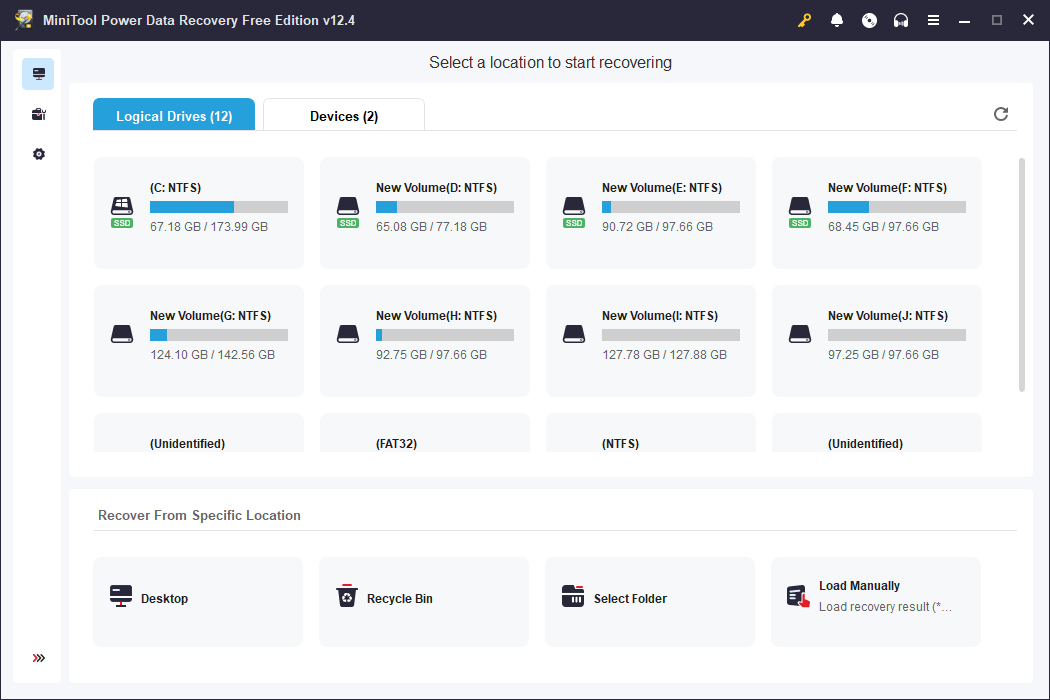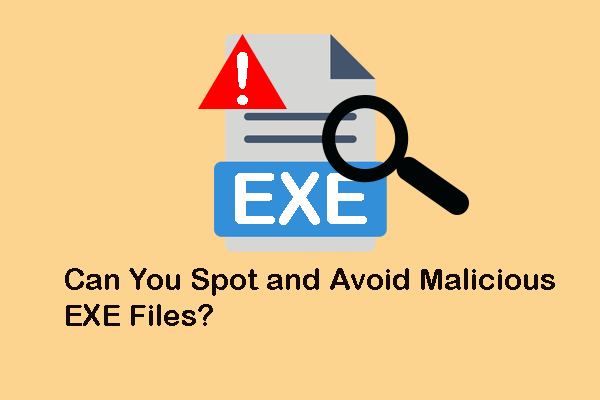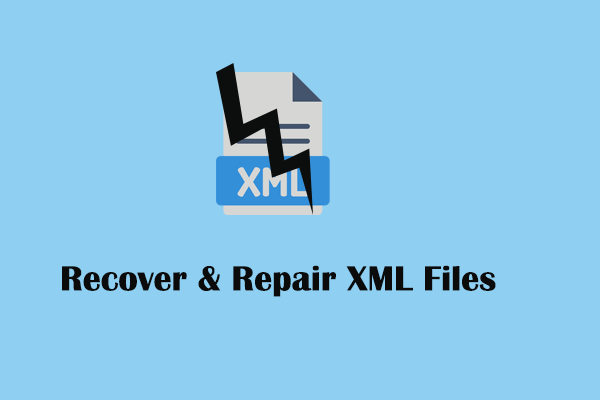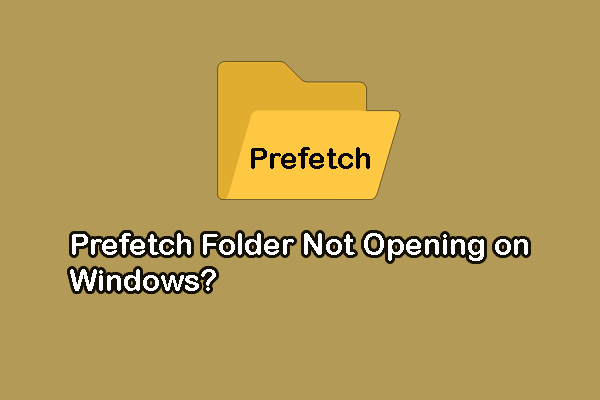Do you know what structured data, semi-structured data, and unstructured data are? Knowing those data types assists you in managing data better. If you don’t know, this MiniTool post could give you some information.
Structured Data vs Semi-Structured Data vs Unstructured Data
Considering that big data includes various data, knowing how to get the required data is becoming increasingly essential. There are generally three types of collectible data: structured, semi-structured, and unstructured. Let’s go on to have a deep look at the data stored in those three types.
What Is Structured Data
Structured data refers to data organized in a predefined format. That data has a fixed schema and fits neatly into data tables. Thus, structured data is easy to address for processing and analysis.
The most common example of structured data is the relational database, which was developed by E.F. Codd in the 1970s. As a collection of data, a relational database organizes data in several tables that are connected with each other in a logical way.
What Is Unstructured Data
Different from structured data, unstructured data doesn’t have a fixed format, but unstructured data comprises the majority of big data. Without ranging data into a data table, the data is stored in its native format. Hence, the data is only defined when it is needed.
Several general files belong to the unstructured data, including social media posts, video files, audio files, images, emails, and more.
What Is Semi-Structured Data
Semi-structured data is data that has two features of the former two types. It doesn’t have a predefined format but has some properties that assist in analyzing and processing.
For instance, photos shot by your smartphone are semi-structured data. Those photos contain unstructured image content, but they have several labels such as time, location, portraits, and other information for identification. Other examples of semi-structured data include CSV files, XML files, etc.
Differences: Structured Data vs Unstructured Data
With several basic information about structured, semi-structured, and unstructured data, it is also necessary to know the differences between structured data and unstructured data. Here we have listed several key differences between them.
- Storage types: Structured data is saved in a predefined format, which is widely used for schema-on-write. On the contrary, unstructured data is saved in native formats with different sizes and shapes; thus, unstructured data takes advantage of on-read schema.
- Storage locations: Structured and semi-structured data are commonly stored in data warehouses, where data from multiple sources can be analyzed and reported. As for unstructured data, it is saved in data lakes that allow data to be stored in its natural format. In fact, data lakes support the storage of both structured and unstructured data.
- Data analysis: Whether the data is well-structured or not decides if it is easy to analyze. Therefore, it is obvious that structured data is easier to analyze than unstructured data. As structured data is organized well that users can search for wanted items with a powerful algorithm or featured labels. However, without the prescribed data model, unstructured data is more difficult to search.
- Etc.
Bonus Tip: How to Recover Lost Data
Data is prone to being lost unexpectedly in various situations, ranging from mistaken deletion to device failure. Is there any method to get the permanently lost data back? In fact, as long as your lost data is not overwritten by new data, there are chances to recover it with professional data recovery software, like MiniTool Power Data Recovery.
This free file recovery software is capable of recovering various types of files, encompassing documents, photos, audio, databases, compressed folders, etc. You can run this file recovery software to retrieve files from USB drives, internal hard drives, SD cards, memory sticks, CDs, DVDs, and more.
Get this free software by clicking the download button, and start recovering files if needed!
MiniTool Power Data Recovery FreeClick to Download100%Clean & Safe

Final Words
This post gives simple definitions of structured data, semi-structured data, and unstructured data. Additionally, it shows you some distinctive differences between structured and unstructured data. If your data is lost unexpectedly, you can try MiniTool Power Data Recovery to get it back easily. Hope this post is useful to you!





User Comments :